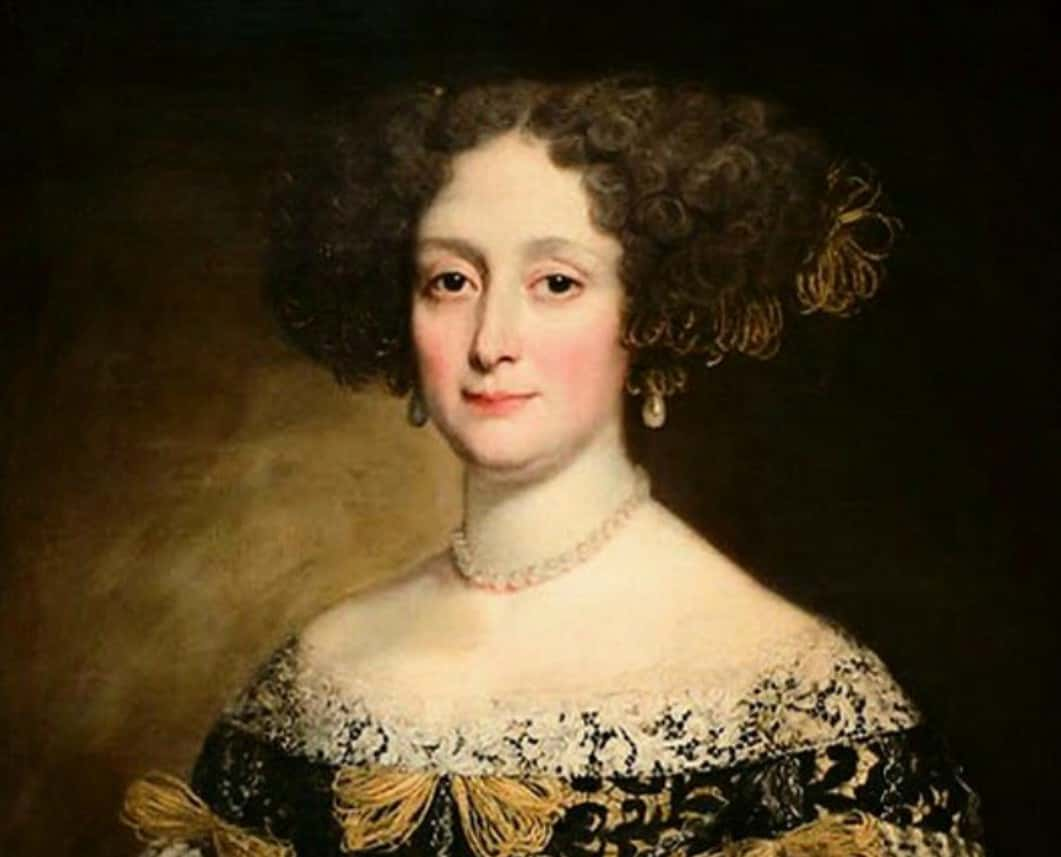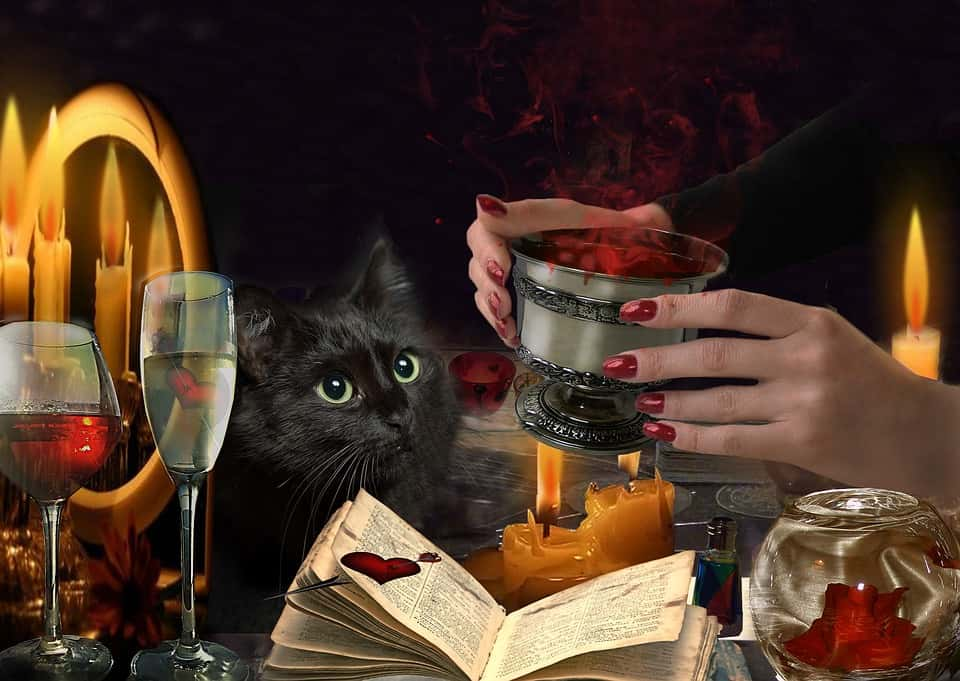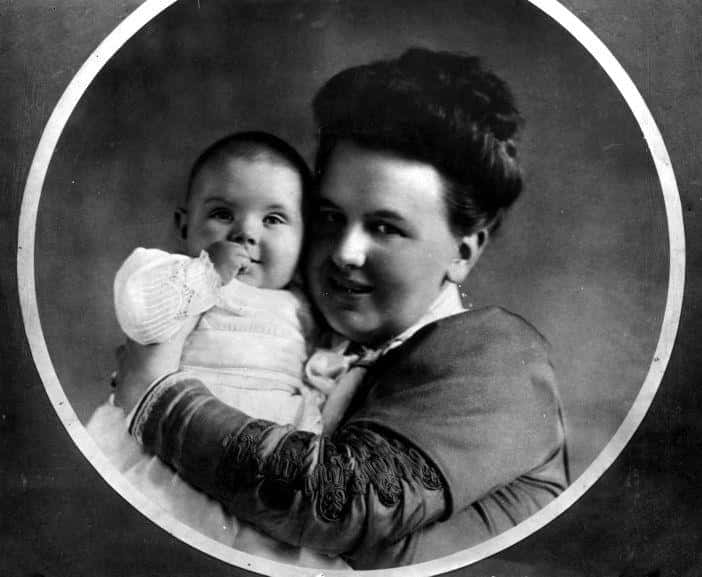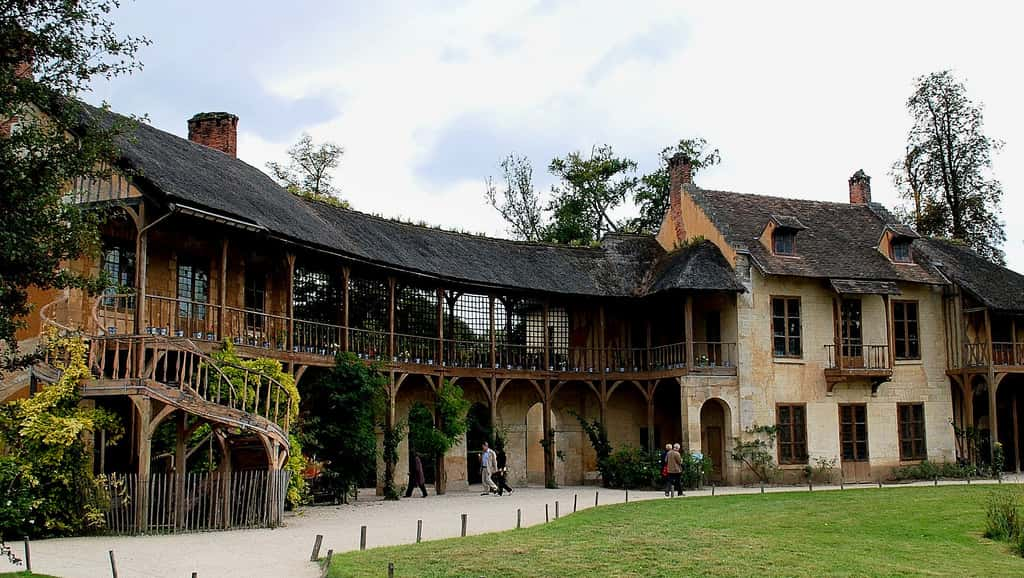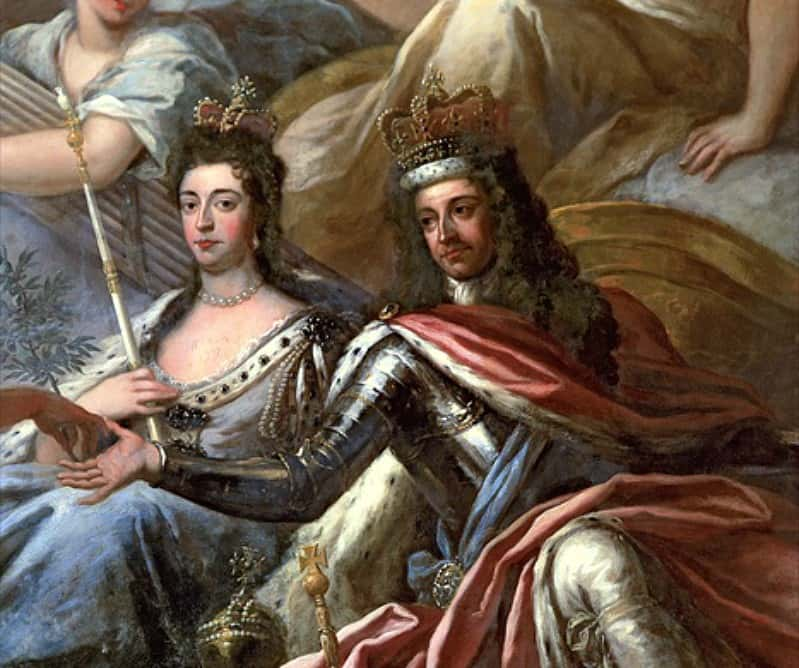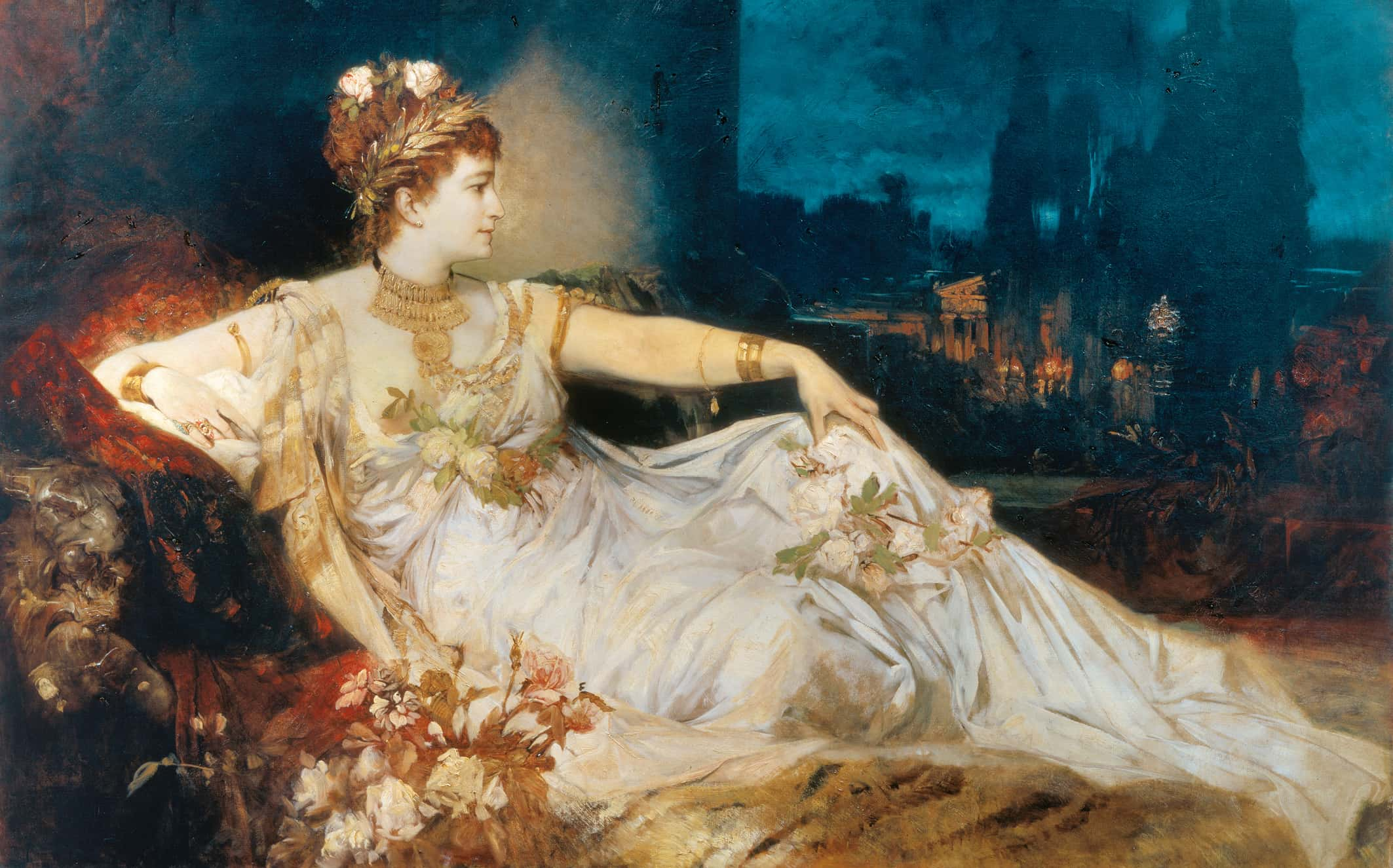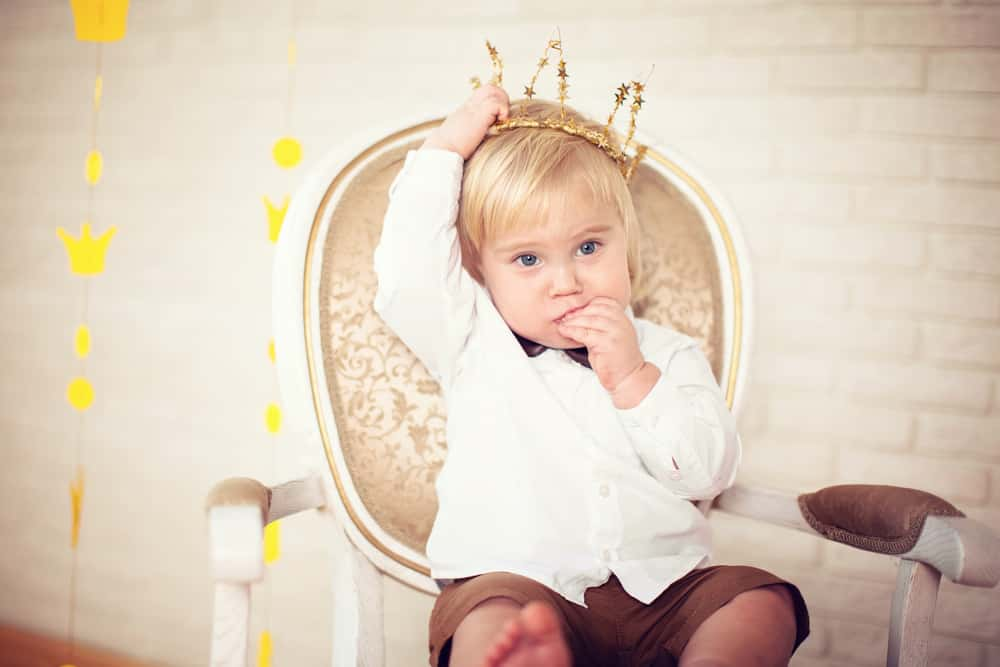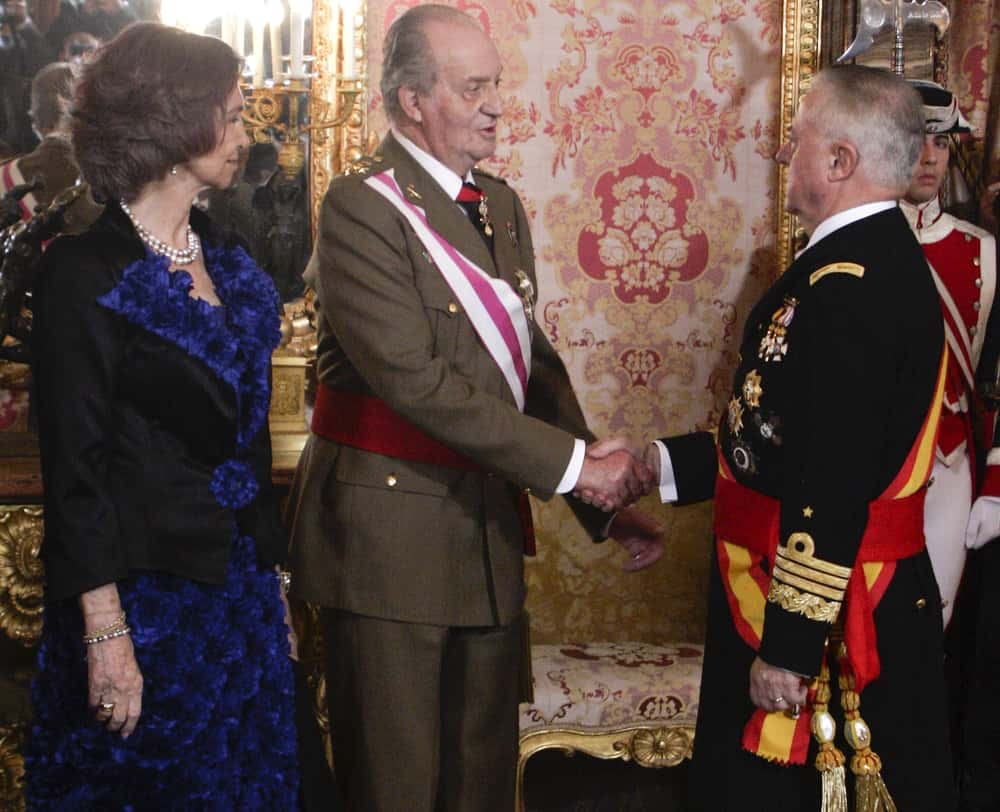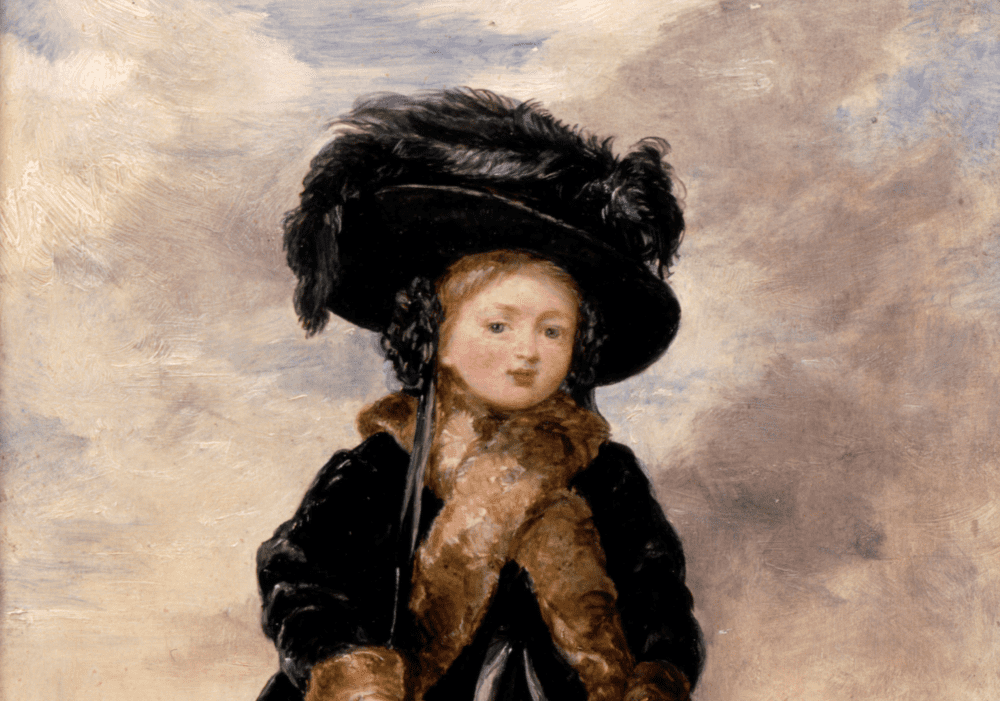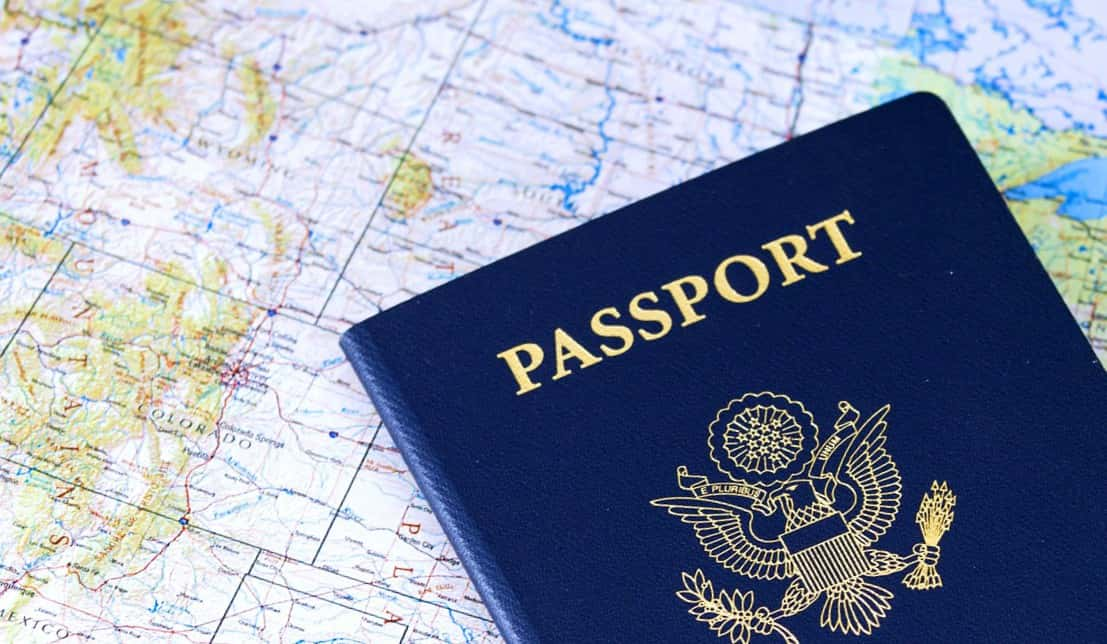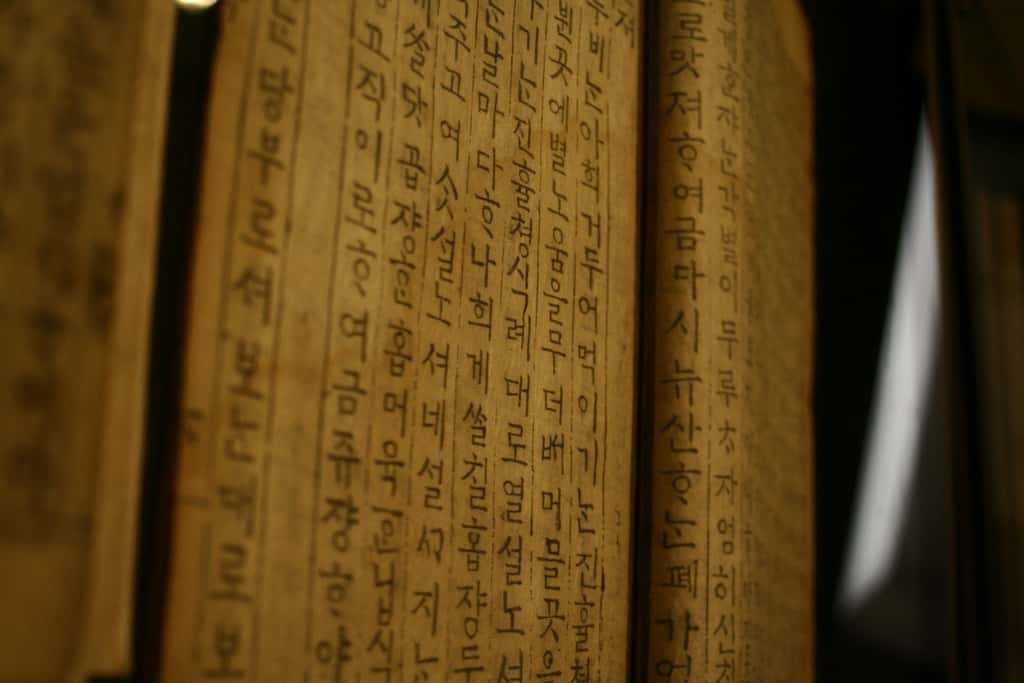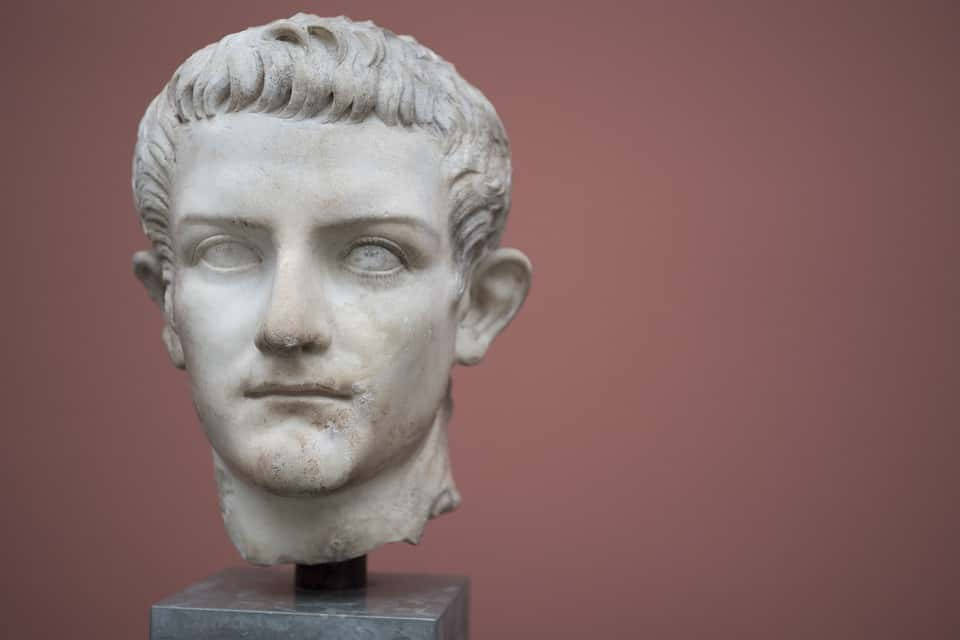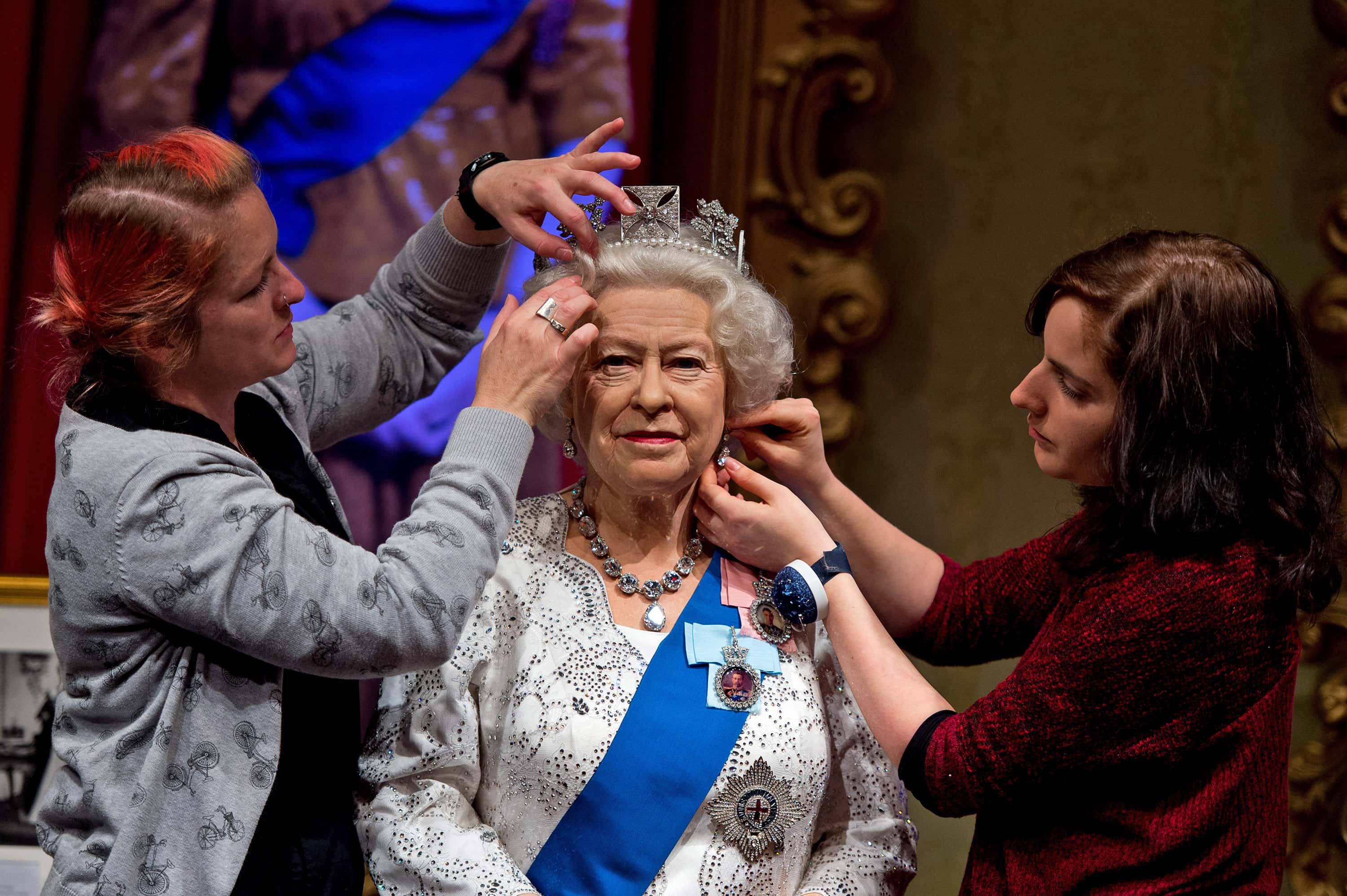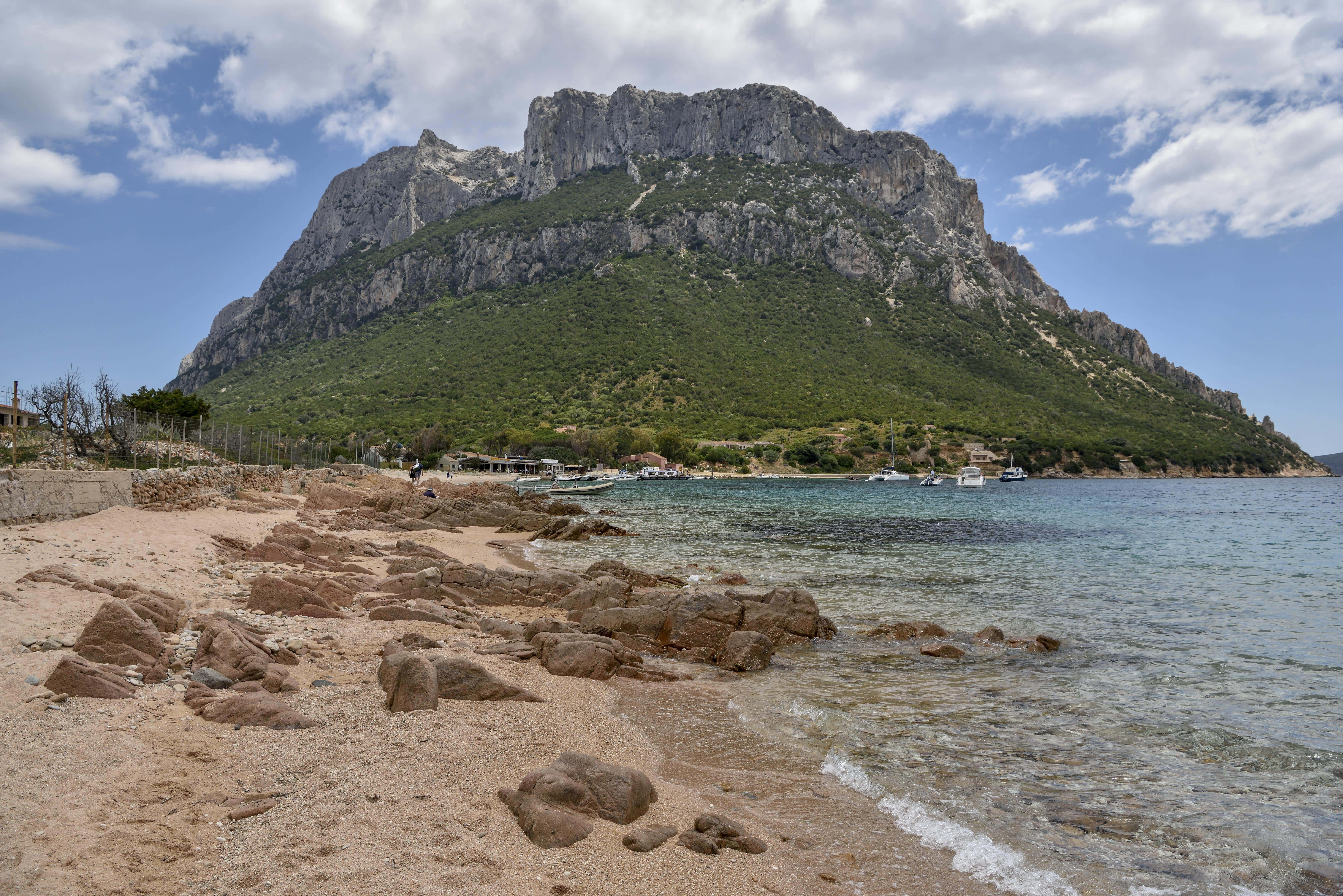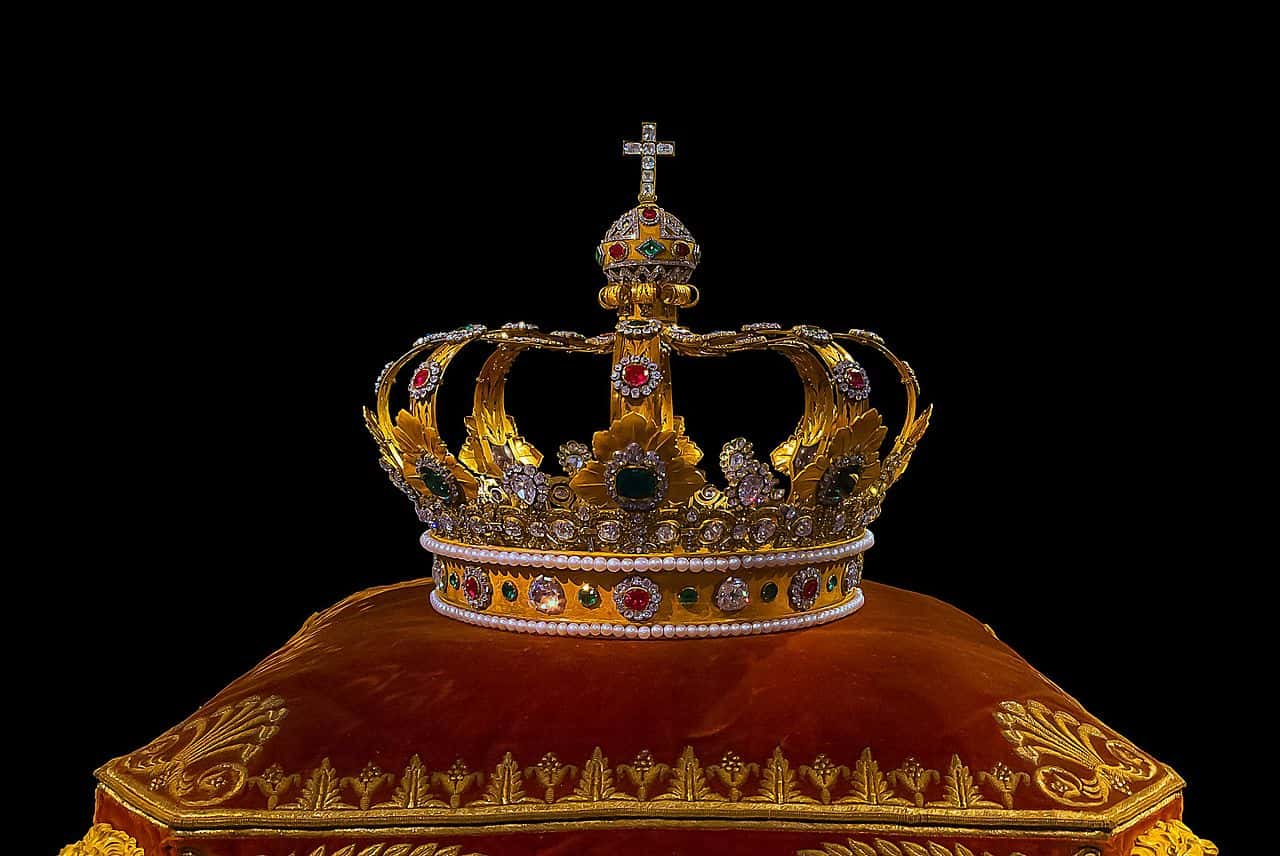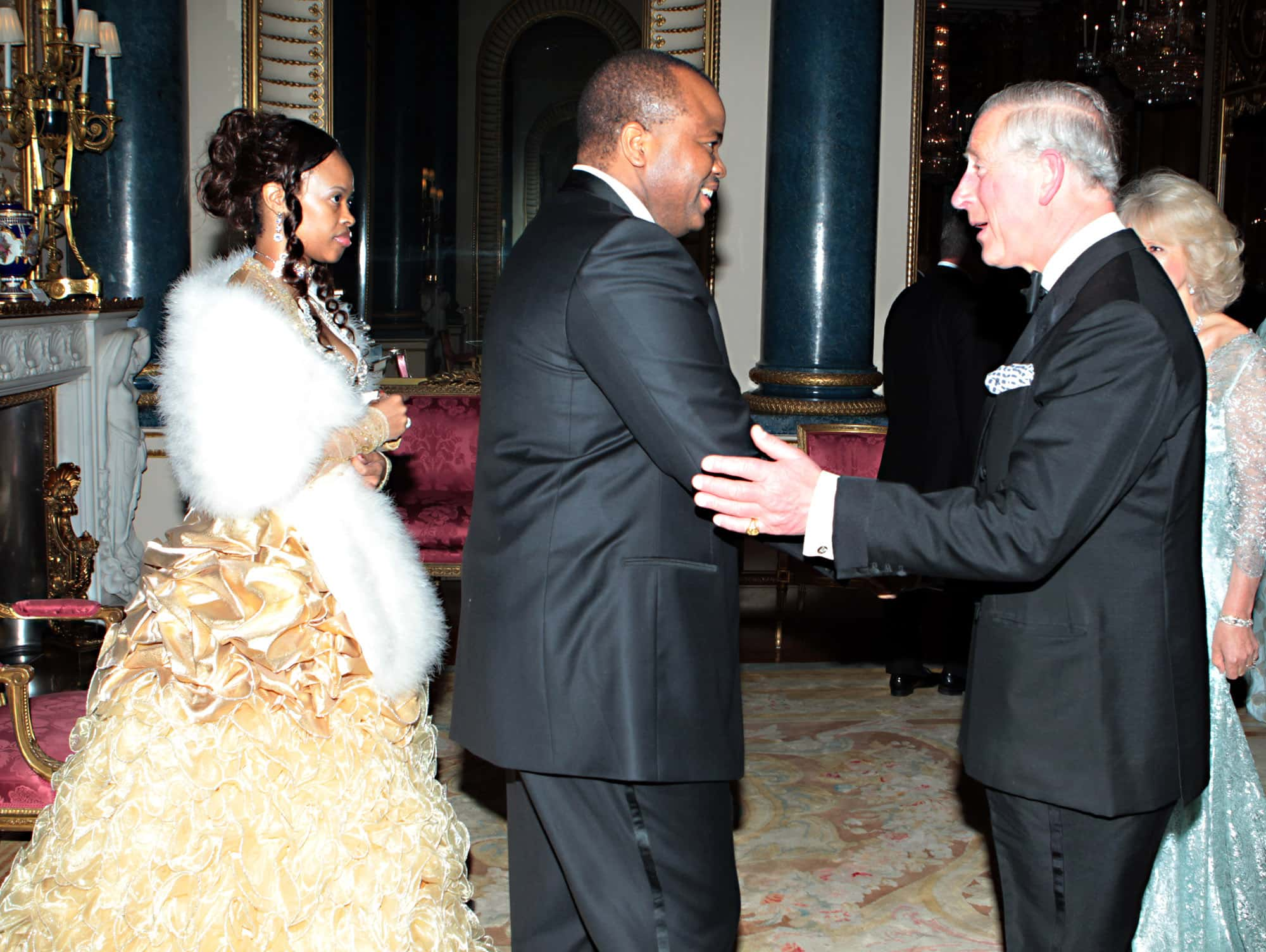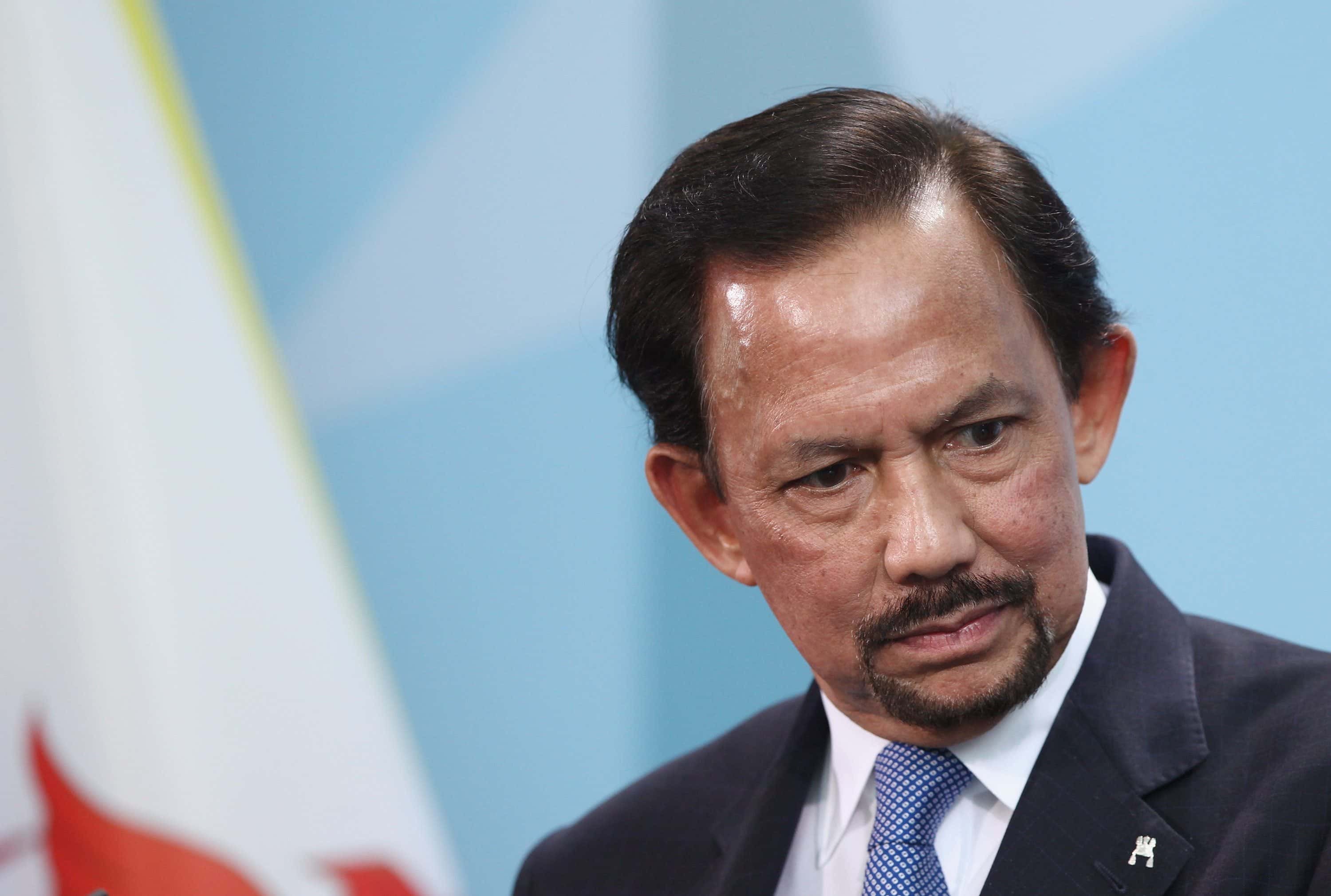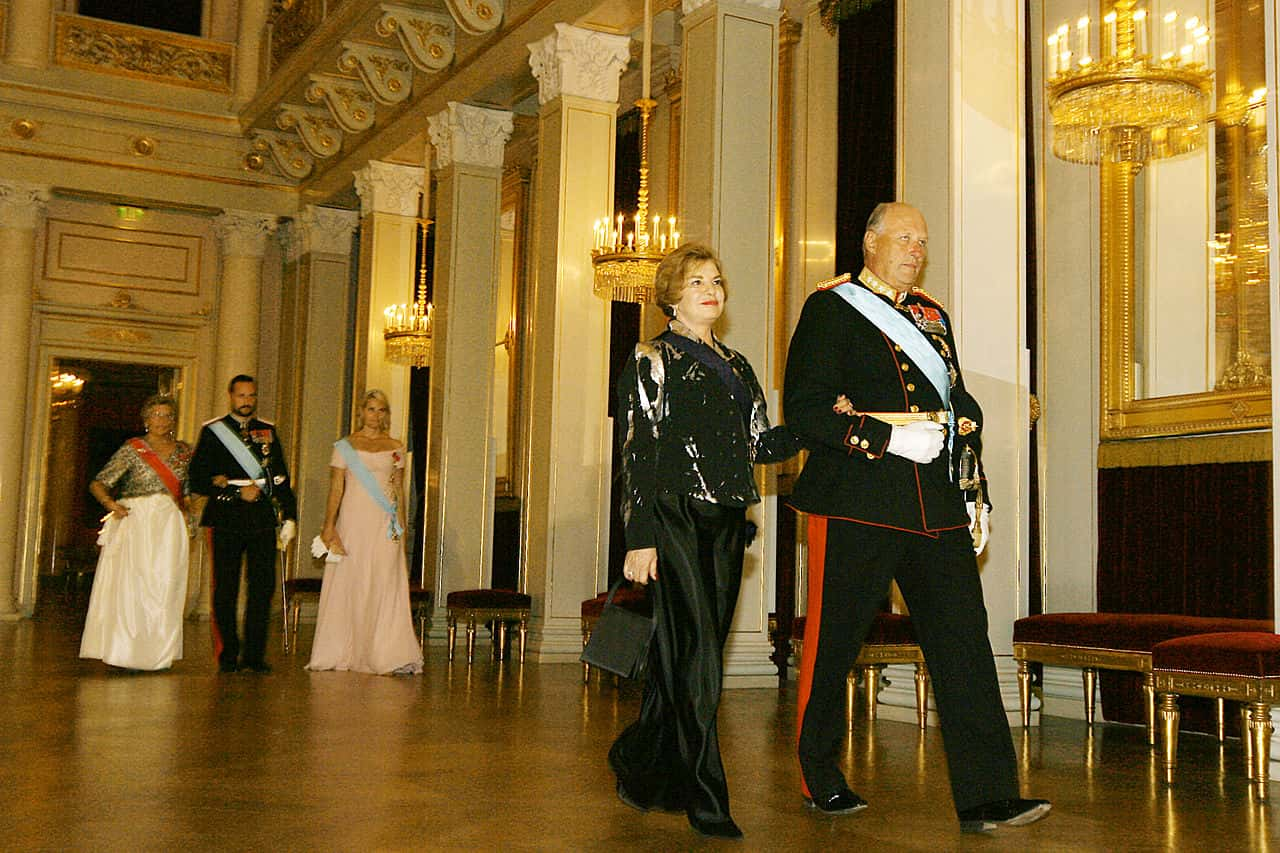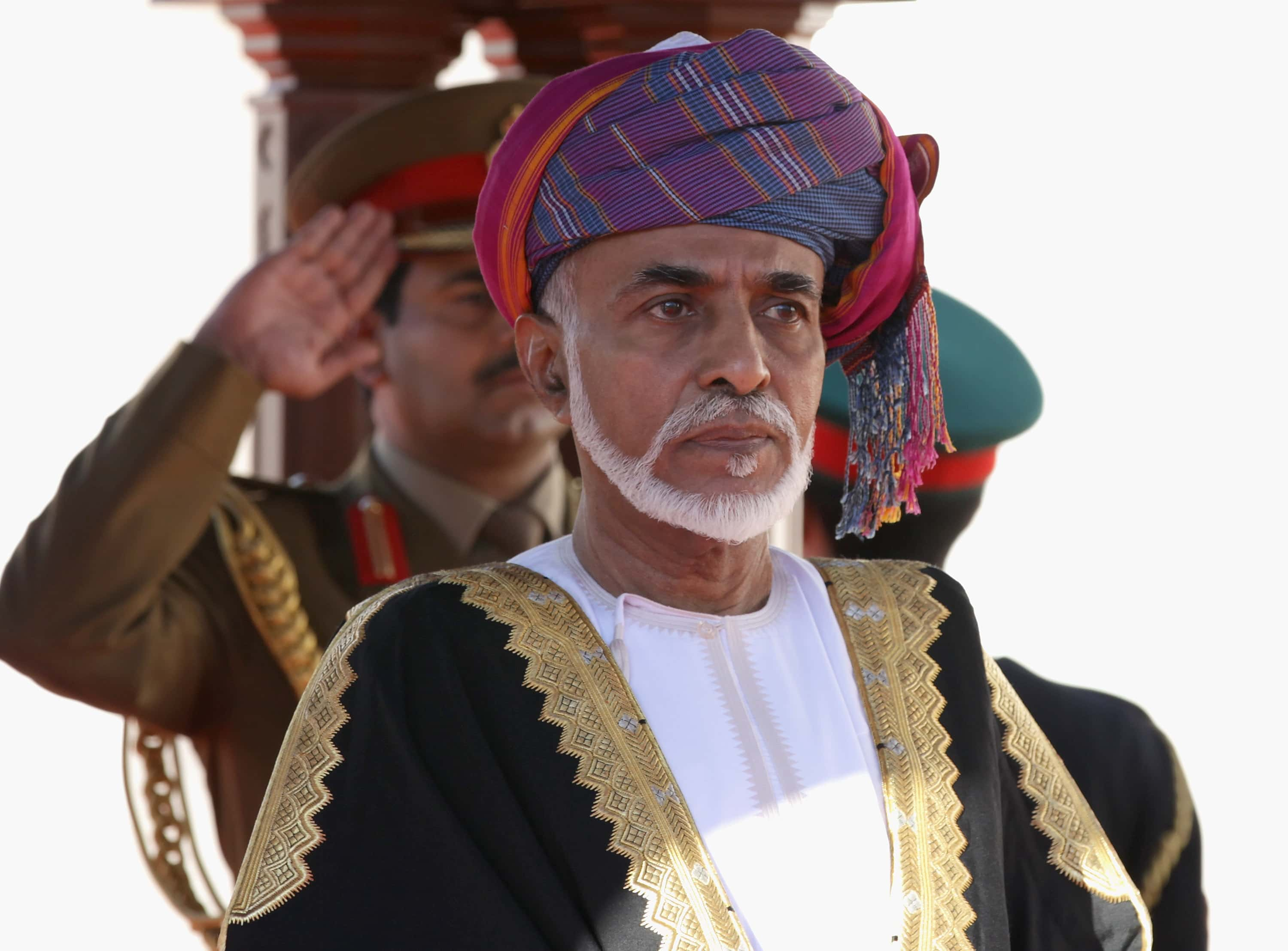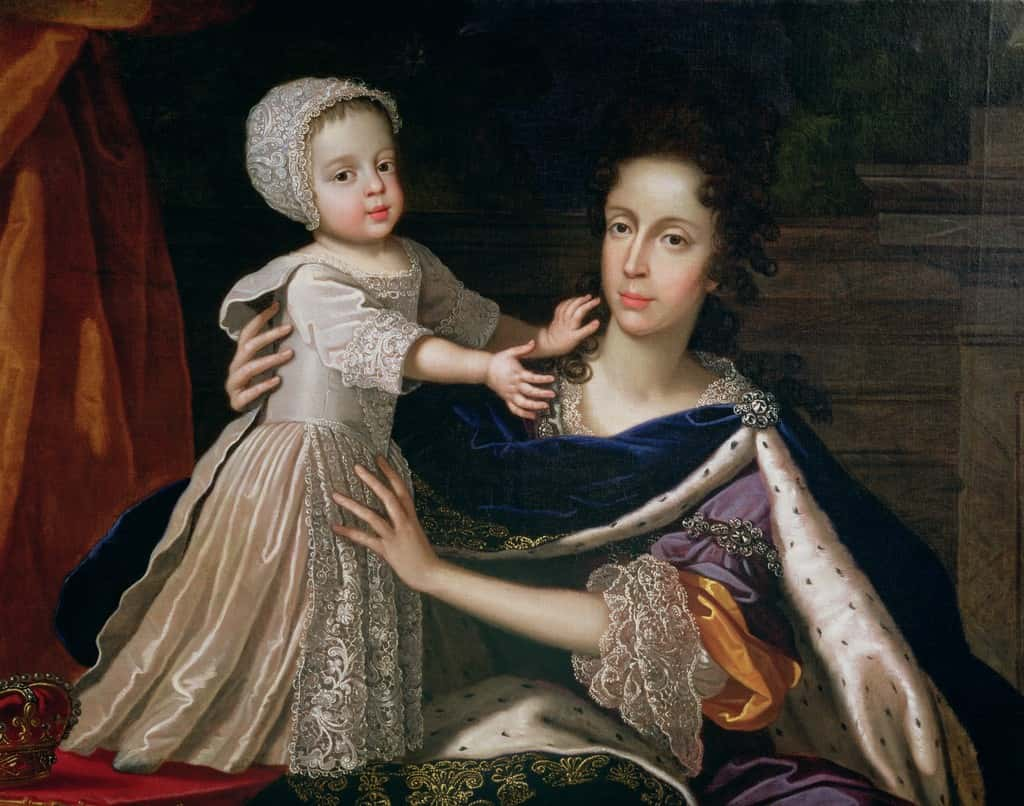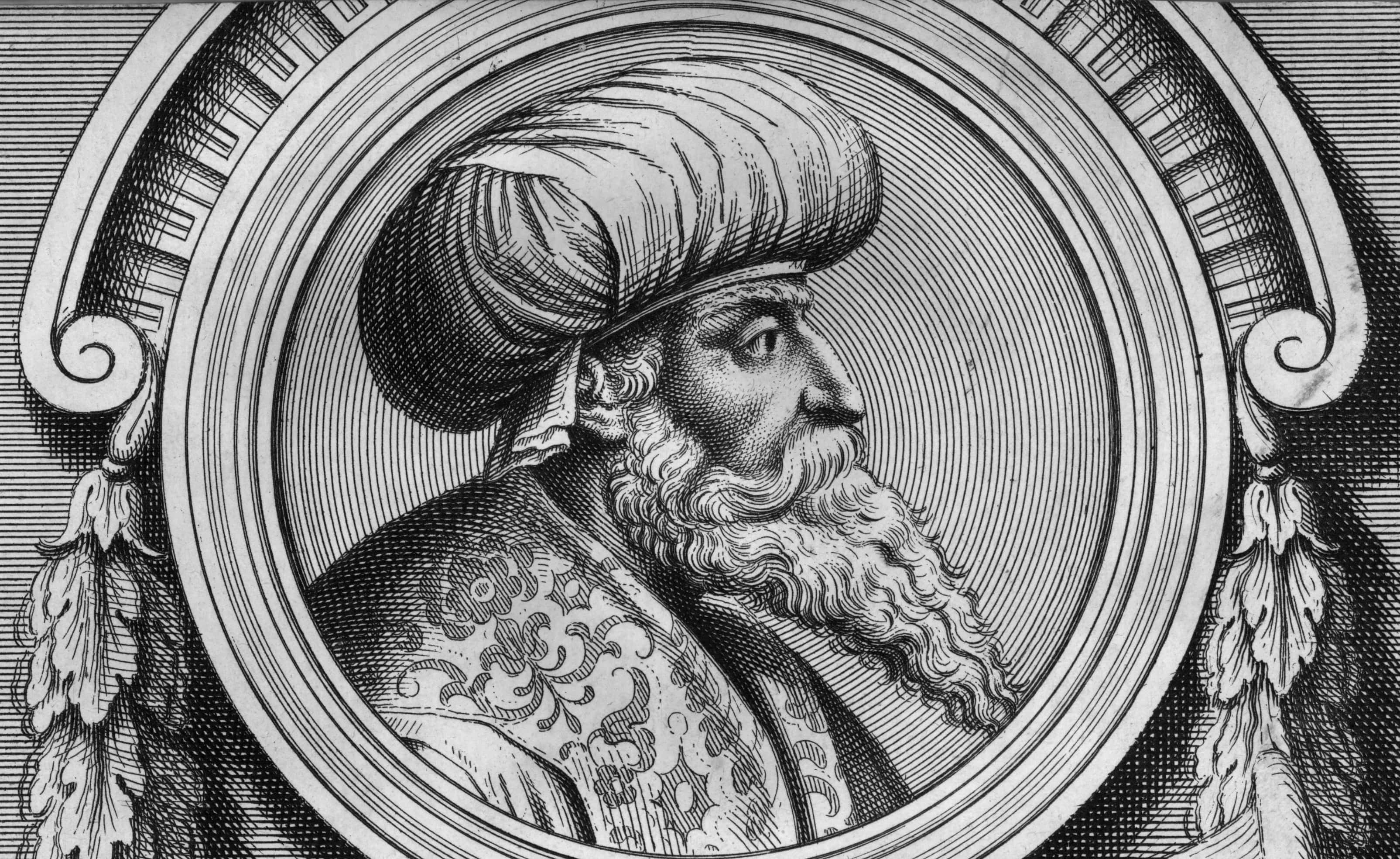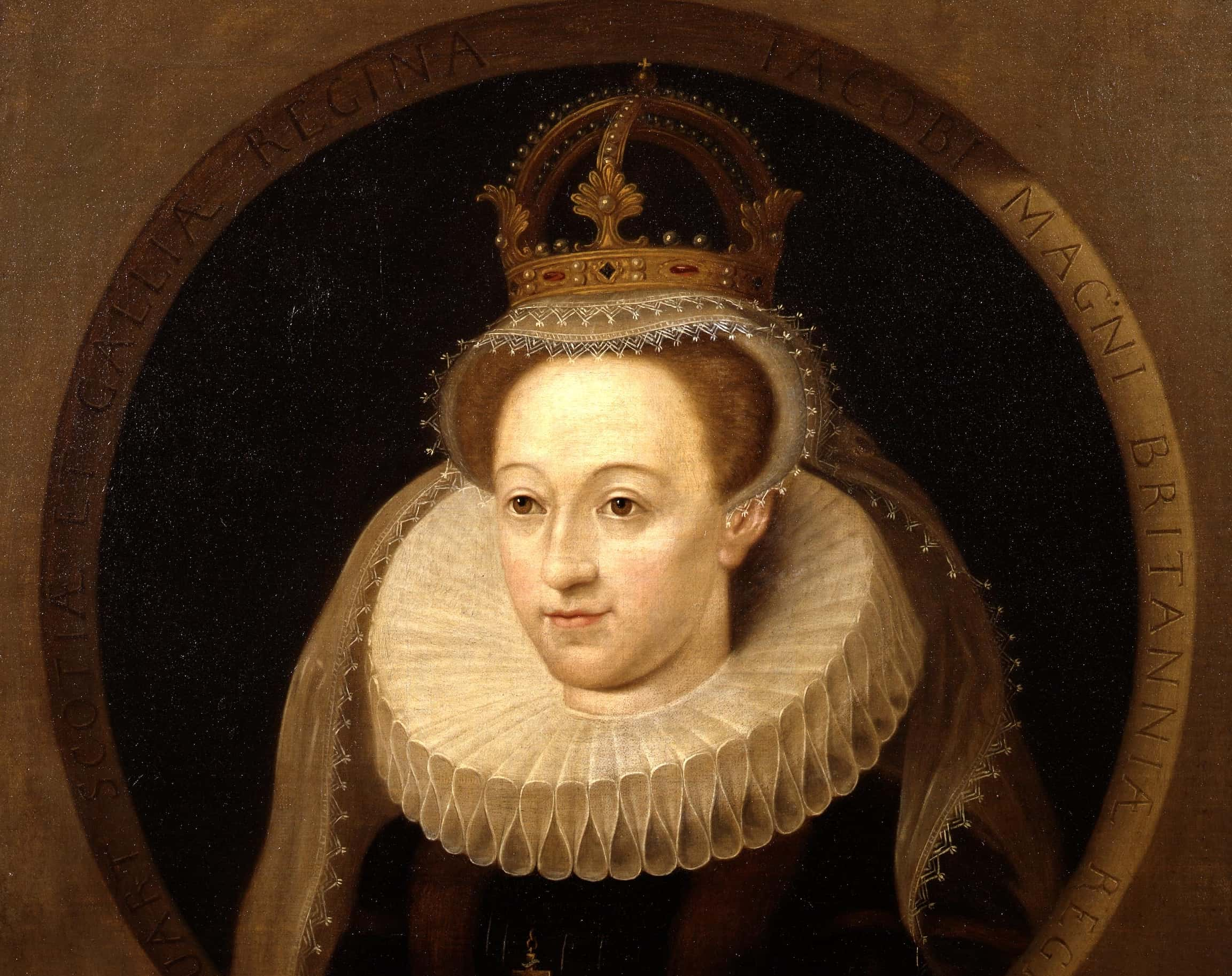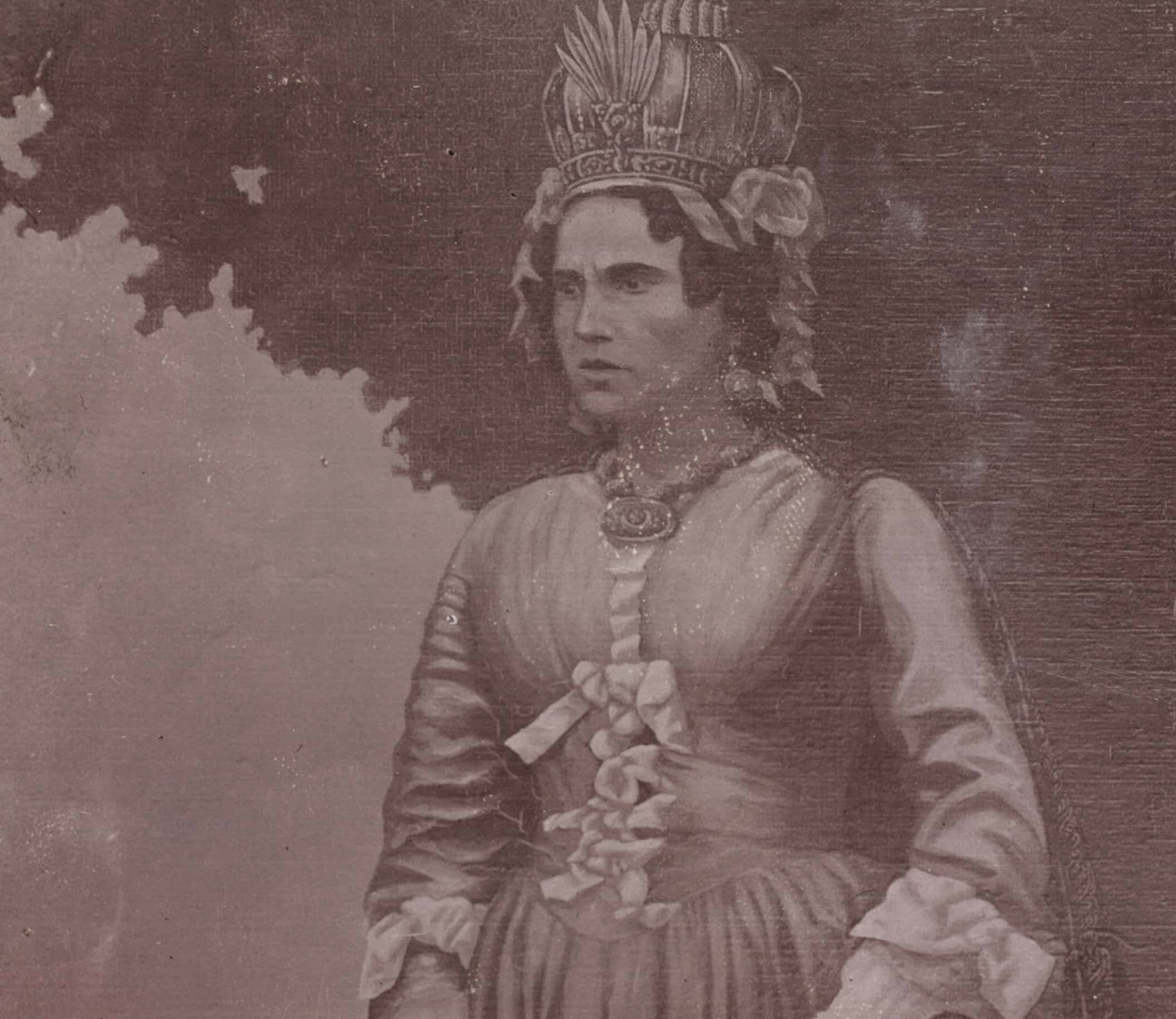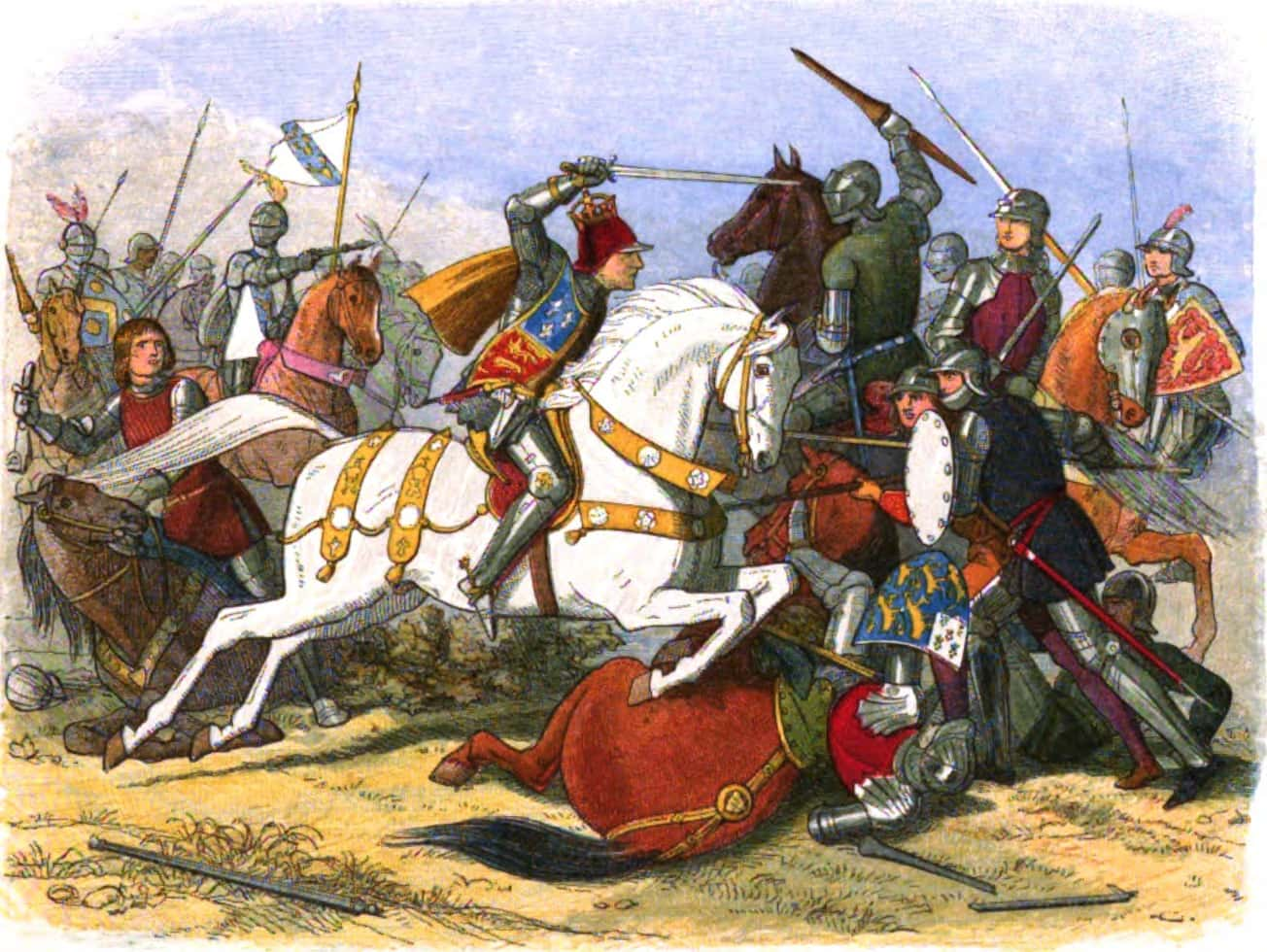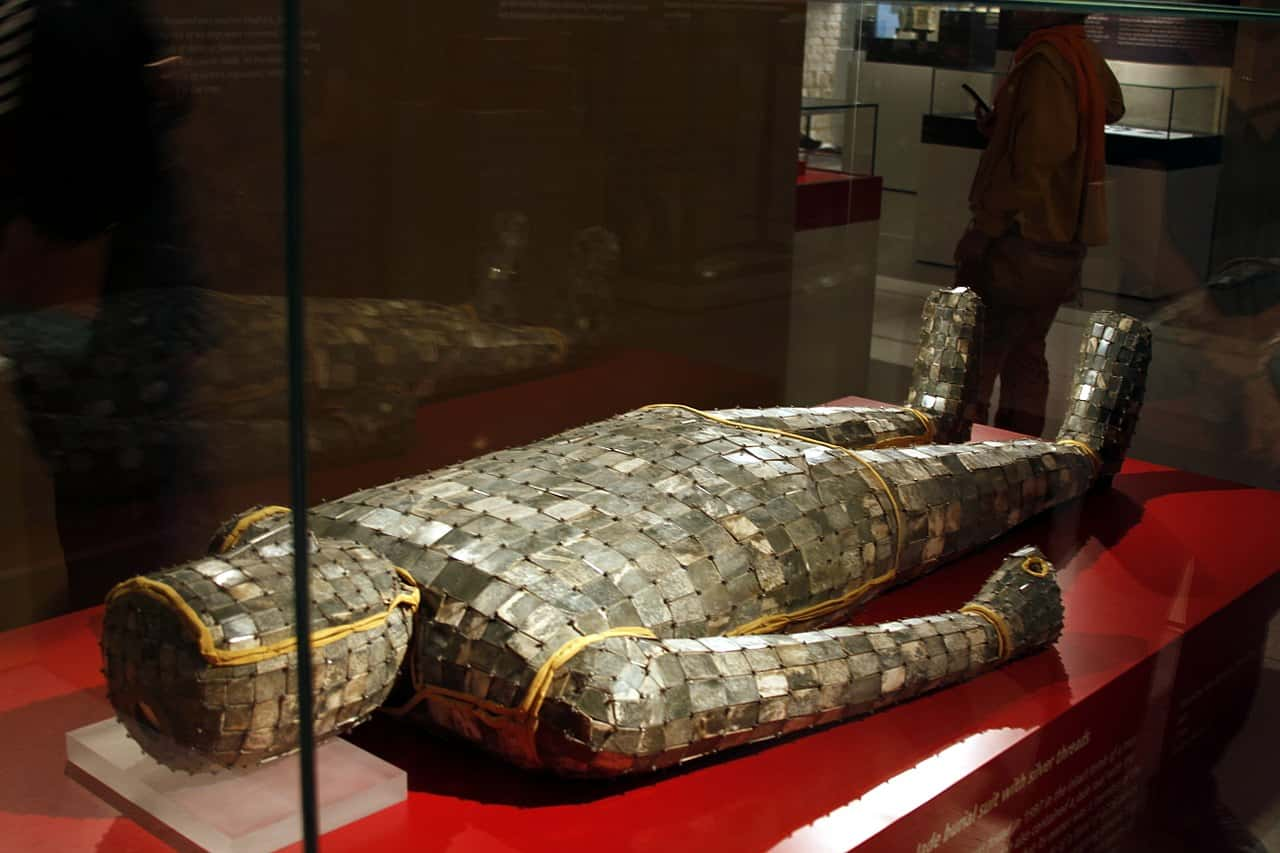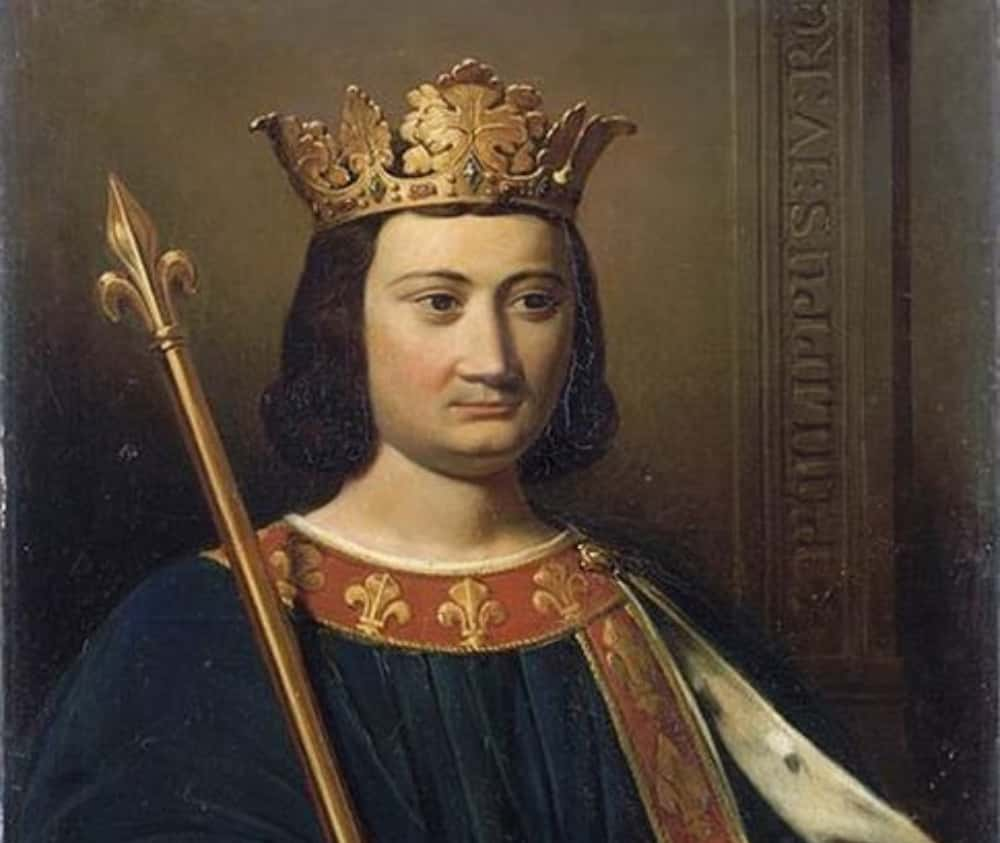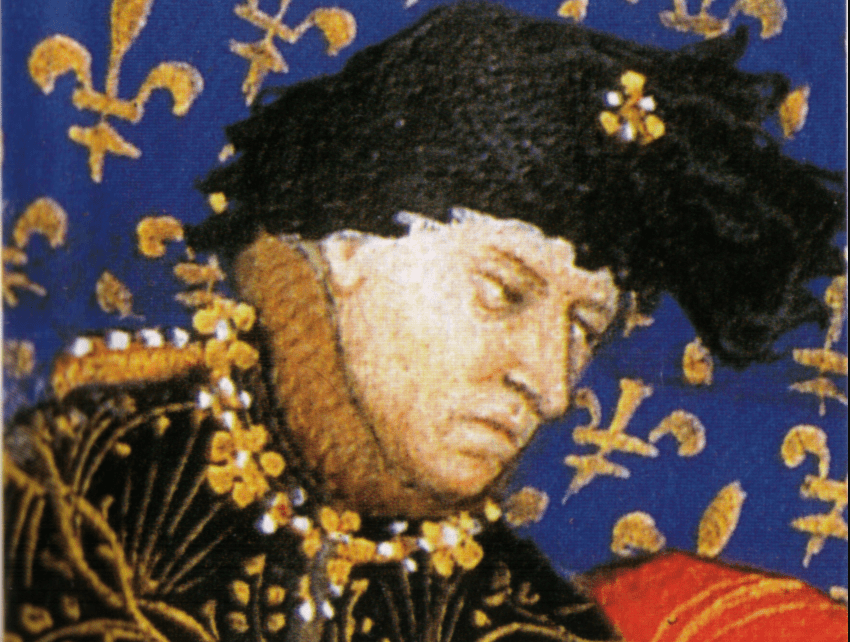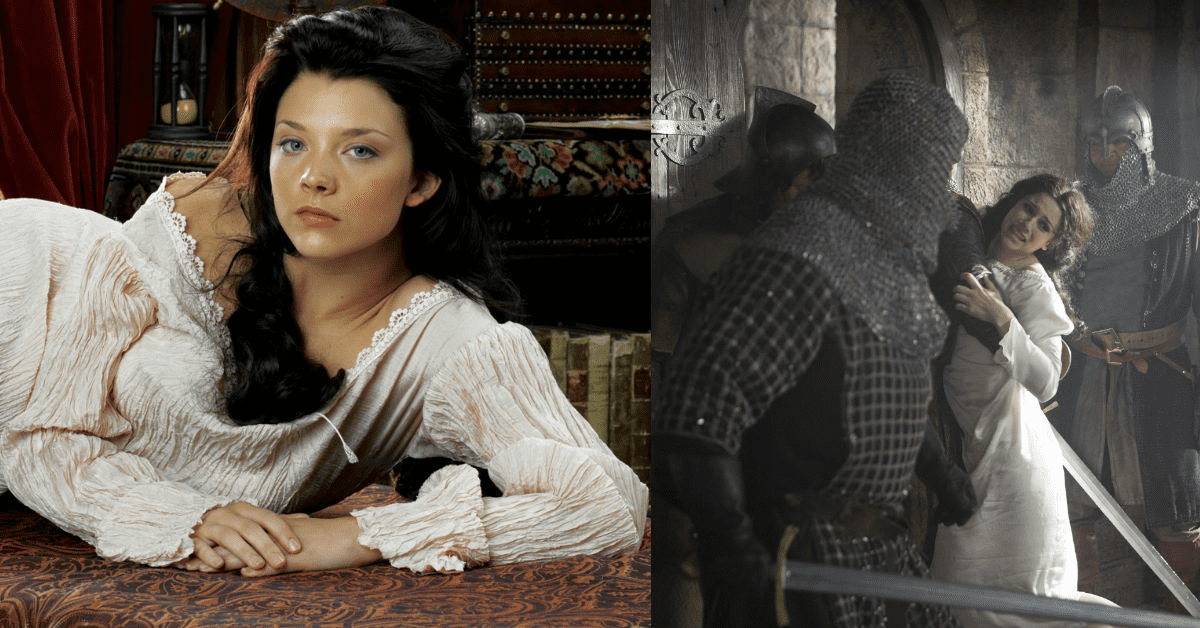Kings and queens have fascinated people since the earliest monarchies, and with good reason. The kind of power that monarchies can hold is bound to create interesting and even scandalous situations. Below, we’ve gathered some of the oddest facts about monarchies both old and new.
Monarchies Facts
43. A Real Nice Guy
French soldier Jean Bernadotte was once nice to some Swedish soldiers, who then told their friends about him back home. Bernadotte became so popular in Sweden that they actually elected him king in 1818 when their own royal family was about to die out (they also liked the idea of a ruler with military experience). The Bernadotte family still rules in Sweden today.
42. Grandmother of Europe
Due to her extreme matchmaking with both her children and grandchildren, Queen Victoria of England ensured that her grandson, King George V, was related (by blood or marriage) to almost every royal house in Europe. Unfortunately, her descendants also carried the debilitating blood disease hemophilia to many of these royal houses.
41. Confess Your Sins!
The French monarchy often relied on brute force to provide confessions to crimes. Such was the case with Madame de Brinvilliers, a noblewoman who was accused of killing her father and two brothers for personal gain. She confessed to the crimes, but only after being forced to drink 16 pints of water, which was called the "water cure." Frankly, she’d probably have confessed to shooting Santa Claus after that.
40. Witch Hunt
The trial of Madame de Brinvilliers sparked a huge scandal in 17th century France that became known as the Affair of the Poisons. Hundreds of members of the aristocracy and nobility, some of them close associates of King Louis XIV, were arrested for witchcraft or poisoning. Of those, 36 were executed, 23 were exiled, and five were sentenced to serve on the galleys. This doesn’t account for those people who took their own lives at any point during the investigations, or who died from the effects of brute force.
39. Loophole
A maternity ward in Ottawa was declared to be “extraterritorial” in 1943 by the Canadian government in order to preserve a newborn’s place in the line of succession to the Dutch throne. Crown Princess Juliana of the Netherlands had fled to Canada after the Nazi invasion of her country, and this decree enabled the newborn Princess Margriet to be declared a Dutch citizen, allowing her the right to inherit the throne.
38. Peasant Queen
Marie Antoinette had an authentic peasant village built on the grounds of her opulent palace at Versailles, complete with farm animals, so she could stroll through the grounds as a humble shepherdess.
The real peasants, who lived in wretched conditions under the reign of her husband Louis XVI, would, of course, eventually start a revolution.
37. Three Is a Party
Generally speaking, consummating a marriage should be a two-party affair. William of Orange wasn't so lucky.
But when it came time for William of Orange to spend his wedding night with his newly-married wife, the pair were hardly alone: William of Orange's uncle, King Charles II, watched them from the sidelines... while shouting encouragement.
That is officially my worst nightmare.
36. Side Job
The Roman Empress Valeria Messalina had a well-established appetite for sex. So much so, it's said she also occasionally engaged in an interesting side-hustle: working as a prostitute.
And wasn't just any prostitute—she was award-winning. She once won a contest against other prostitutes to see who could handle the most men in a single evening.
35. Thanks But No Thanks
During the potato famine in Ireland, Sultan Khaleefah Abdul-Majid I of the Ottoman Empire announced that he would send £10,000 (about £800,000 today) to help provide relief for Irish farmers. Queen Victoria, who had donated only £2,000, asked him to send £1,000 instead so she wouldn’t look bad.

Sign up to our newsletter.
History’s most fascinating stories and darkest secrets, delivered to your inbox daily. Making distraction rewarding since 2017.
34. Eldest to the End
In most traditional monarchies, the crown usually goes to the eldest male child of the reigning monarch. Not so in the Malaysian state of Perak, where the Sultanship rotates among three different branches of the royal family. The eldest son of the ruling Sultan is usually placed at the end of the line of succession.
33. The dictator connection
Royal rulers have frequently been deposed and replaced by dictators, but Spain’s ruling monarch was once chosen by a dictator. General Francisco Franco named Juan Carlos both Prince of Spain and his successor—even though Juan Carlos' father had the rightful claim.
Trust a mad dictator to break the rules.
32. This Needs a Musical
Queen Victoria’s childhood was an isolated one. Her mother (also named Victoria) and Sir John Conroy came up with a parenting system which prevented young Victoria from seeing people that weren’t pre-approved by them first. This system, known as the Kensington System, was done to make Victoria dependent on them, which they hoped would continue into her reign as monarch. No wonder Victoria described her youth as “rather melancholy.”
31. The Original Dracula
Vlad III a.k.a. Vlad the Impaler loved, as his name suggests, impaling people left, right, and center. Want more Vlad goodness? He also famously nailed turbans to the heads of Ottoman envoys when they refused to remove their headgear, and was the inspiration for Bram Stoker's Dracula.
30. Work 'Til You Die
As the mummy of Ramesses II was rapidly deteriorating, a group flew it to Paris for examination. The Egyptian government issued the mummy a passport that listed its occupation as "King (deceased)" and the corpse was greeted in Paris with full military honors.
29. Ok, I Did Say That
While there are plenty of stories of kings not keeping their word, King Conrad III's tale isn't one of them. While besieging a castle, he offered to let the women inhabitants leave along with whatever they could carry on their backs. The women emerged with their husbands on their backs, and the King stuck to his word and let the men go too.
28. Bluetooth
Bluetooth technology is named after King Harald "Bluetooth," who managed to unite the Scandinavians in the same way that Bluetooth technology can join various devices. It's thought that King Harald was nicknamed Bluetooth because he had a damaged tooth that appeared blue.
27. Anyone Want to Play Scrabble?
Although the Korean language has been around for well over 1,500 years, it didn't have its own written version until the 1440s, when King Sejong created Hangul, the Korean alphabet.
26. The Last Emperor
There are many famous emperors in history: Napoleon, Alexander the Great, and numerous Roman emperors. But there is only one remaining emperor in the world today: Emperor Akihito of Japan.
25. The Living God
While monarchs are typically considered next-level important, Roman emperor Caligula considered himself to be a living god. He even removed the heads from the statues of Roman gods and replaced them with his own likeness!
24. True Power
All Swans in England are the property of the Queen. It's a holdover from days of yore, when eating a swan was considered a privilege worthy only of God's representative on Earth. These days, of course, things are a little different: although the Queen does not dine frequently on Buffalo Swan Wings (as far as we know), she does have an Official Keeper of the Swans. Which is a pretty great little resume booster for that guy or gal.
Anyway, remember all that next time you’re across the pond and thinking of sneaking up on a swan. The Queen is watching...
23. Purity or Inbreeding?
Keeping bloodlines pure was an obsession for many monarchies, so much so that they often intermarried to avoid contamination of the line. This often had genetic consequences: Charles II of Spain’s father and mother were uncle and niece, and he had physical deformities, developmental delays, and impotence issues.
22. World’s Smallest Kingdom
Antonio Bertoleoni is a fisherman who spends most of his days in sandals and shorts, but he is also the king of the world’s tiniest kingdom. Tavolara, the 5-square-kilometer island over which he rules, is home to 11 part-time residents and about 100 mountain goats.
21. It Pays The Bills
We’ve all heard of royal guards and royal musicians, but what about a royal shoe-wearer, Warden of the Swans, or Marker of the Swans? One of the duties of a staffer of Queen Elizabeth II of Britain is to break in the Queen’s new shoes. The Queen also employs two people to gather, count, and check on the health of the royal swans.
20. Absolute Power
Liechtenstein's Prince Hans-Adam II is Europe’s last remaining absolute monarch. His people even held a referendum in which they voted to increase his powers. Hans-Adam can dissolve or even fire governments, and has the final say in almost everything that happens in the tiny country his family has ruled for almost 300 years.
19. Monarchies by the Numbers
There are currently 31 countries in the world still ruled by some form of monarchy. These include Sultans, Emirs, Princes, Princesses, Kings, Queens, and Emperors.
18. Tag Team
There are co-princes of Andorra: They are traditionally members of the house of the Kings of France and the Bishops of Urgell from Spain. The princes’ titles are largely ceremonial and neither of the current princes reside in the country.
17. Heir Desperately Needed
There are numerous stories of kings and queens desperate to produce an heir to their thrones, but in the world’s second smallest country—Monaco—a heir used to be a necessity. Up until 2002, if there was no heir from the house of Grimaldi, control of the independent nation automatically reverted back to France.
16. The Bachelor King
The current king of Cambodia, King Norodom Sihamoni, is a committed bachelor with no children of his own. This isn’t the problem it might be in other countries, as the Cambodian king is elected by a special throne council. There is no direct line of succession and the only stipulation is that the king must be of royal blood. Bonus fact: King Norodom speaks Czech, and is the first Czech-speaking monarch since King Ferdinand I of Austria.
15. Polygamist King Rejected
As per Swazi custom, the King Mswati of Swaziland can pick a new bride every year. He currently has 15 wives, and women usually flock to participate in an annual dance to try to capture his attention. Not so for Tintswalo Ngobeni, a fifteen-year-old who fled to England to escape her monarch’s advances and now campaigns against his rule.
14. Sultan of Excess
The Sultan of Brunei is one of the world’s richest monarchs. His royal palace, Istana Nurul Iman, boasts 257 bathrooms alone, and even his full Malay name is excessive: Kebawah Duli Yang Maha Mulia Paduka Seri Baginda Sultan Haji Hassanal Bolkiah Mu’izzaddin Waddaulah ibni Al-Marhum Sultan Haji Omar ‘Ali Saifuddien Sa’adul Khairi Waddien, Sultan dan Yang Di-Pertuan Negara Brunei Darussalam.
13. All For Love
King Harald V of Norway threatened to remain unwed and leave the royal family without any heir unless he was given permission to marry his love, a commoner. He’s been married to that commoner, Queen Sonja, since 1968.
12. Long Serving
Sultan Qaboos Bin Said, the sultan of Oman, is the longest-serving ruler in the Middle East, having ruled the country since 1970. The monarch apparently has no plans to give up the title either: He has yet to name a successor.
11. These Three Kings
The Polynesian islands of Wallis and Futuna may be tiny at only 54 square miles in total, but they are split into no less than three kingdoms.
10. Royal Births
Due to concerns about the preservation of royal blood lines, royal births were a major historical deal. When Mary of Modena gave birth to James Stuart, no less than 200 people attended, and Marie Antoinette of France was almost killed by the crowds rushing in to witness her giving birth.
9. Royal Rescue
When Spain’s Cahtolic monarchy banned all Jews from the country in 1492 and began a systemic persecution of Jewish people, Muslim Sultan Bayezid sent the Ottoman navy to Spain to rescue them.
8. My Kid Could Do This
There are numerous instances of children, toddlers and babies alike, taking the throne. One of the most famous was Mary, Queen of Scots, who became Queen when her father died just six days after she was born.
7. Ruthless Monarchs
Queen Ranavalona of Madagascar was so ruthless that the population of her country was likely cut in half during her rule, many by what was called the "tangena test." This was a test of loyalty in which people were forced to eat three pieces of chicken skin and then swallow a poisonous nut, which would either make them vomit or kill them. Just to add to the fun, if all three pieces of chicken skin could not be found in the vomit, they were immediately executed.
6. Last!
As of 2018, Richard III is the last King of England to die in battle. It’s a record that he seems very sure to keep (unless we just jinxed it by saying that).
Richard personally led a cavalry charge during the Battle of Bosworth Field in a daring attempt to kill Henry Tudor. Even his enemies admitted that Richard fought well; they reported that Richard killed several well-known knights and even came within a sword length of Tudor before he was surrounded and slain.
Allegedly, Richard spoke a single word in his final moments: “Treason!” He shouted this as he was fighting to the death, but it still isn’t confirmed why this word was on his lips. Most historians claim that this was likely due to the betrayal of Richard by Lord Stanley and his forces.
5. Royal Assassination
Crown prince Sado of Korea was both the heir to the kingdom and a serial rapist and killer. Not really a guy you want in line for the throne. Prevented from killing him outright by law, his father King Yeongjo of Joseon had him locked in a chest and refused to allow it to be opened for 8 days. That was the end of Sado.
4. Royal Funerals
Royal funerals are full of pomp and tradition, but some are completely over the top. Royal members of the Han dynasty, for example, were buried in full suits of jade that often took years to construct.
3. When King Philip...
When King Phillip IV of France (“Phillip the Fair”) discovered his three daughters-in-law were having intimate relations with knights from his court, he then actually forced the girls to stand trial for adultery. The Tour de Nesle affair was a scandal involving the French royal family in the year 1314. Three daughters-in-law of King Philip IV of France were accused of adultery. According to historical records, the accusations were started by Philip’s only daughter, Isabella, Queen of England. The Tour de Nesle was the tower in Paris where supposedly much of the adultery occurred. The scandal led to the imprisonment of Blanche and Margaret, and the execution of their lovers. Most historians agree that the lovers were first castrated and then either drawn and quartered or flayed alive, broken on a wheel and then hanged. One daughter-in-law was acquitted, but the other two were found guilty, had their heads shaved, and were sentenced to life in prison.
2. Mad for Vengeance
Charles VI of France’s first recorded incident of mental illness happened in 1392. A friend of his, Olivier de Clisson, was nearly murdered, but escaped with his life. However, Charles was insistent on raiding Brittany, where the would-be murderer was being sheltered. Seemingly in the grips of a fever, Charles was furious at the slow pace of the military expedition he was leading. One day, during the trip, a spear accidentally clanged loudly against someone’s helmet, which caused Charles to draw his sword, scream that he was being betrayed, and attack his own company. He was ultimately subdued (and fell into a faint) but not before he’d killed several men.
1. Shattering Delusions
Charles VI’s madness was so well-known, in fact, that a mental delusion was given a special term because he suffered from it. Reportedly, Charles would spend periods of time convinced that he was made of glass. He would go to great lengths to protect himself from breaking apart, including having iron rods sewn into his clothes in case he so much as bumped into another person. The term "glass delusion" was eventually coined for this condition.
Getty Images
Sources: 1, 2, 3, 4, 5, 6, 7, 8, 9, 10, 11, 12, 13, 14, 15, 16, 17, 18, 19, 20, 21, 22, 23, 24, 25, 26, 27, 28, 29, 30, 31, 32, 33, 34
Tellurian World




